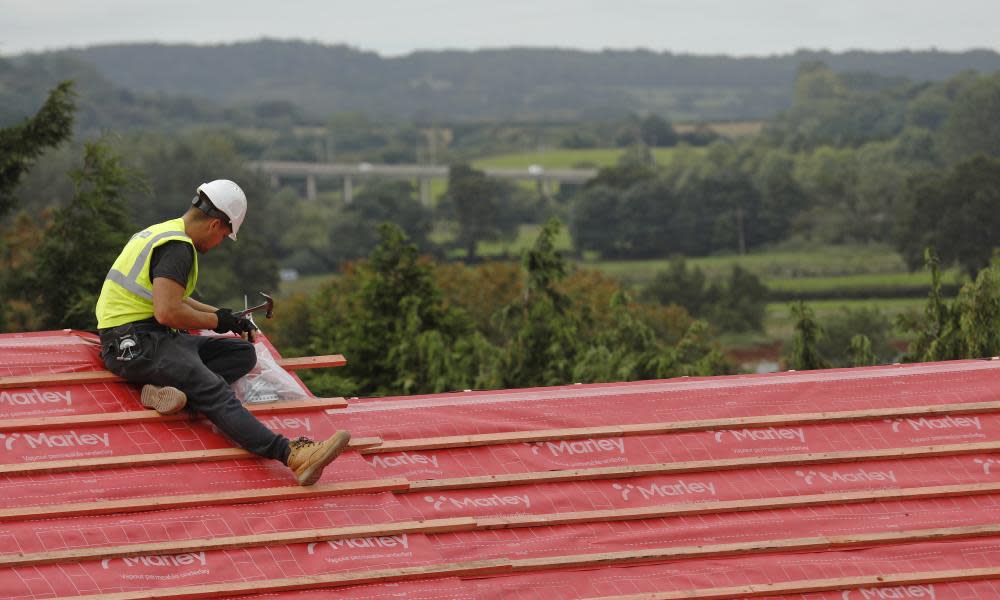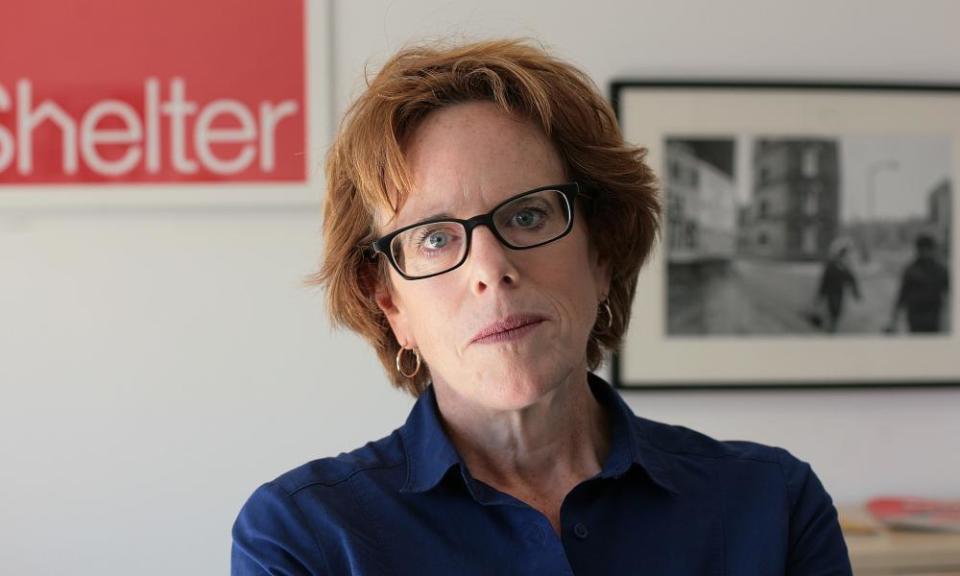England's planning reforms will create 'generation of slums'

The biggest shake-up of planning for decades has caused fury that moves to fast-track the construction of “beautiful” homes across England will “dilute” democratic oversight, choke off affordable housing and lead to the creation of “slum” dwellings.
Under the proposals, unveiled on Thursday, planning applications based on pre-approved “design codes” would get an automatic green light – eliminating a whole stage of local oversight within designated zones.
Land across England would be divided into three categories – for growth, renewal or protection – under what Robert Jenrick, the housing secretary, described as “once in a generation” reforms to sweep away an outdated planning system and boost building.
New homes, hospitals, schools, shops and offices would be allowed automatically in “growth” areas. In “renewal” zones, largely urban and brownfield sites, proposals would be given “permission in principle” subject to basic checks. Green belt and areas of outstanding natural beauty would be protected.
While the proposed changes are likely to appeal to developers, they prompted stinging criticism from housing charities, planning officers and architects who warned of a new generation of fast and substandard housing.

The Town and Country Planning Association (TCPA) condemned them as disruptive and rushed, saying 90% of planning applications are currently approved but there are up to 1m unbuilt permissions. Labour called it “a developers’ charter” that will “set fire to important safeguards”.
The long-awaited government white paper touts a new streamlined process designed to reduce red tape and harness technology to deliver homes more rapidly, ministers said. Government sources insisted there would be no dilution in building standards.
Changes out for consultation under the white paper also include:
Requiring local housing plans to be developed and agreed in 30 months, down from the current seven years.
Extending the current exemption of small sites from having to make “section 106” payments – the means by which developers are forced to provide affordable housing.
Ensuring that all new homes are carbon-neutral by 2050.
At the weekend, Jenrick said the new regime drew inspiration from “design codes and pattern books” used in the construction of Bath, Belgravia and Bournville.
But the prospect of a modern-day application and use of such codes to give developers “permission in principle” in zones categorised as being for growth was greeted with alarm in some quarters.
The Royal Institute of British Architects (RIBA) described the proposals as “shameful” and said they would do “almost nothing to guarantee the delivery of affordable, well-designed and sustainable homes”. “While they might help to ‘get Britain building’ – paired with the extension of permitted development rights last week – there’s every chance they could also lead to the development of the next generation of slum housing,” said RIBA president Alan Jones.
Proposals to extend the current exemption of small sites from having to make section 106 payments were slated as a way of helping smaller developers bounce back from the economic impact of the pandemic.
But Shelter said social housing “could face extinction” if the requirement for developers to build their fair share was removed. “Section 106 agreements between developers and councils are tragically one of the only ways we get social homes built these days, due to a lack of direct government investment,” said its chief executive, Polly Neate.
“So, it makes no sense to remove this route to genuinely affordable homes without a guaranteed alternative.”
The proposals contain scant detail on any alternative way to boost the number of affordable homes, promising only that they will not decrease.
The white paper proposes a consultation on developers making in-kind payments of affordable homes toward the levy or allowing local authorities to buy a proportion of affordable housing at a discounted rate.
Hugh Ellis, director of policy at TCPA, criticised the reforms overall, saying: “This kind of disruptive reform doesn’t suit anybody, neither landowners nor developers. They’re turning the system on its head at a time when it’s working very well for the volume house builders – 90% of planning applications are approved and there are about a million unbuilt permissions.”
He added: “It’s about local democracy. When local people are walking down the street and come across a new development they didn’t know about, the answer will now be: ‘You should have been involved in the consultation eight years ago when the code was agreed.’
“It’s diluting the democratic process. At the moment, people get two chances to be involved: once when the plan is made, and once when a planning application is submitted. Now they’ll only have a chance when the code is being prepared.”
Zack Simons, a planning barrister at Landmark chambers, said there was a lot to welcome in a move towards digitising the planning system but added that “literally nothing” trailed in Jenrick’s public statements could not already be achieved under the current planning system.
“Promises of “radical reform” can grab headlines. But remember that of more than 400,000 planning applications which are determined every year, over 80% are granted permission and under 0.5% are appealed to the Planning Inspectorate.”

A government source said it was misleading to suggest planning rules were not an obstacle to building. “The [90%] approval statistic masks the numbers of people who are put off applying altogether because of how bureaucratic and difficult this is,” the source said.
However, little has been announced on what measures, if any, will be taken against developers who do not use the permission they have been granted.
The white paper takes aim at the 1947 Town and Country Planning Act, which has acted as the basis for planning since it was passed by the Labour government of Clement Attlee.
A “complex” planning system has acted as a barrier to building the homes people need, said Jenrick. “We will cut red tape, but not standards, placing a higher regard on quality, design and the environment than ever before,” he said. “Planning decisions will be simple and transparent, with local democracy at the heart of the process. As we face the economic effects of the pandemic, now is the time for decisive action and a clear plan for jobs and growth.”
The Conservatives will hope the overhaul will be favoured not only by investors and developers, but also by the younger voters currently outside its reach.
The Tory manifesto commits the government to 300,000 new homes built every year and, before coronavirus hit, senior Tories saw housing as the key mission of the government as a way of targeting a primary concern of many under-40s and city-dwelling voters shut out of the housing market – those most likely to vote Labour.
“We are seeing a huge generation divide on housing,” one Tory source said. “The under-40s may have half as much chance of owning a home. That is being directly addressed by the first homes programme but the broader point is this planning system has held back homes being built on land that is ready to be built on.
“And we know the main concerns which local people may have are about good design, environmentally friendly, buildings that fit into the architectural landscape, ones people are proud to own. We are not cutting any building standards.”

 Yahoo News
Yahoo News 
